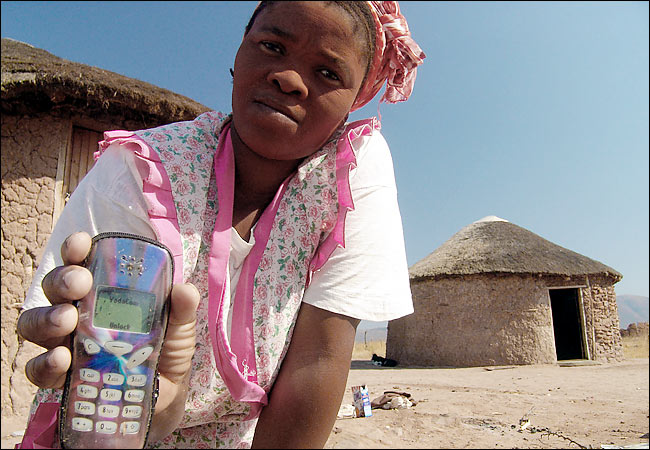 A New York Times Book Review article on Muhammad Yunus’s recent book, Building Social Business, expands the discussion on business models that were discussed in Creating Successful Business Models, as part of this week's topic on Venture Development and Growth.
A New York Times Book Review article on Muhammad Yunus’s recent book, Building Social Business, expands the discussion on business models that were discussed in Creating Successful Business Models, as part of this week's topic on Venture Development and Growth.
The book review highlights Yunus’ vision for social business and the great promise that it holds:
The way he envisions it, these companies would be run as efficiently as the for-profit variety. Unlike charities, they would make enough money to be self-sustaining. However, they would invest leftover money in expanding their humanitarian efforts rather than paying dividends to shareholders. … He even foresees the day when social businesses will be public companies whose shares are traded on their own stock market. This, he believes, will help pave the way for the elimination of poverty in our lifetimes.
In contrast to the current model of a typical for-profit business, a social business would be profit driven only to build the company and allow the financial value accrued to benefit society. I believe that this business model is itself a social innovation, as well as a mechanism to initiate and scale ventures.
In the Stanford Social Innovation Review, Yunus’s book is also reviewed. The author criticizes Yunus’s definition, stating:
... His limitations will severely constrain activity and discourage innovation. By insisting only on nil-return-seeking capital, he greatly restricts the available capital sources. This handicaps those of us who seek to encourage more capital into the sector. Even without Yunus’s rules, the pool seems far too small—why on earth should we further limit the capital available to them?
In the same way that people doubted the viability of Microcredit, people are doubting the possibility of social business as a viable scheme. Nil-return seeking capital inputs into a company make this giving a donation, rather than a typical investment. What if we were to link our own fate with the fate of others, and have a type of altruism, where the benefit to others accrues to and benefits ourselves? Our society would be quite different.
What obstacles must be overcome for social business to have a wide-spread impact with the potential to eradicate poverty, as Yunus envisions?






